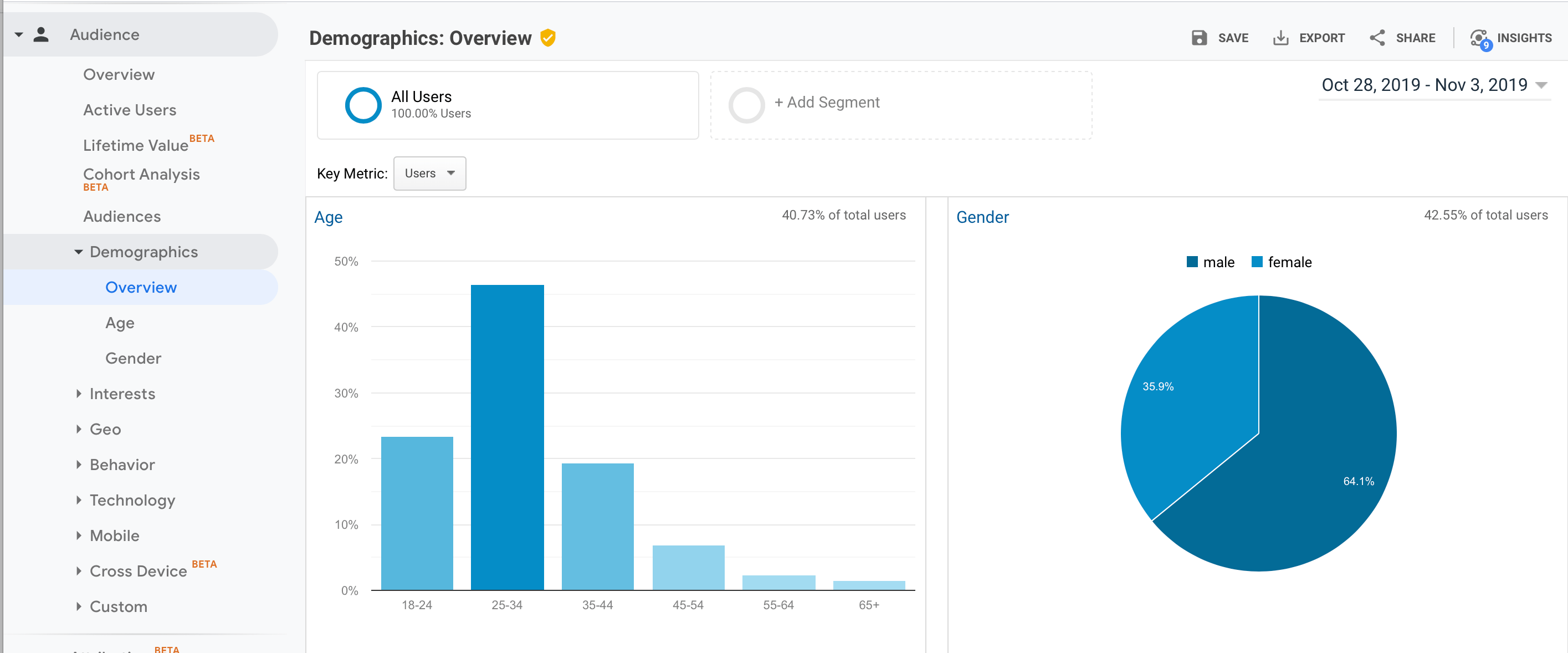Opening the Power of What is a "Dimension" in Google Analytics for Better Information Evaluation
Opening the Power of What is a "Dimension" in Google Analytics for Better Information Evaluation
Blog Article
Enhance Your Coverage Accuracy Making Use Of Google Analytics Capacities: A Comprehensive Overview

Understanding Google Analytics Dimensions

Google Analytics offers default measurements, such as "web page views" and "session duration," yet customers can likewise develop customized measurements to track specific information factors pertinent to their business goals. In verdict, mastering Google Analytics dimensions is important for unlocking important understandings that can inform strategic decision-making and improve total performance.
Relevance of Information Accuracy
Relocating past just understanding Google Analytics dimensions, it ends up being apparent that making sure information precision is paramount in obtaining meaningful insights and making educated organization decisions. Data accuracy develops the foundation whereupon all succeeding evaluations and choices rely. Unreliable data can bring about flawed verdicts, illinformed techniques, and thrown away resources. By guaranteeing the precision of your data, you can confidently trust the insights stemmed from Google Analytics measurements, allowing you to make enlightened choices that drive business growth.
Data precision additionally cultivates count on amongst stakeholders. Decision-makers are extra most likely to have confidence in the insights provided to them when records are based on reputable and specific data. This trust is vital for building solid partnerships with clients, colleagues, and partners, as it shows a commitment to transparency and stability in your reporting methods.
Advanced Measurement Modification
Enhancing the deepness of information analysis within Google Analytics includes delving into the realm of Advanced Measurement Personalization. This function permits customers to develop personalized measurements to additional segment and assess information past the default measurements supplied by Google Analytics. what is a “dimension” in google analytics?. By specifying certain parameters that relate to your service goals, you can acquire much deeper insights into individual behavior, campaign efficiency, and various other key metrics
Advanced Measurement Customization encourages individuals to customize their analytics records to concentrate on the most vital elements of their site or application performance. Whether it's tracking interactions with details components, keeping track of the habits of various individual segments, or examining the impact of custom-made events, custom-made measurements give a effective and versatile tool for improving data analysis capabilities.
Implementing Measurement Filters
Structure upon the ability to tailor dimensions for advanced information analysis, the next action in optimizing your Google Analytics insights includes the application of measurement filters. Measurement filters allow you to improve your information by including or leaving out specific values, supplying a more focused view of your site or app performance. By using dimension filters, you can segment your information to analyze the habits of specific customer teams, track the performance of certain pages or areas, or omit internal website traffic from your reports, ensuring that your insights are based upon relevant information.
To implement measurement filters in Google Analytics, browse to the Admin area, choose the View where you intend to apply the filter, and click Filters under the Sight column. From there, you can develop a brand-new filter, specify the dimension you intend to filter, established the pop over to these guys filtering problems, and apply the filter to your data. By successfully making use of measurement filters, you can enhance the accuracy and importance of your coverage, leading to more enlightened decision-making and improved total efficiency.
Dimension Analysis Methods
When delving right into the realm of measurement analysis in Google Analytics, comprehending numerous techniques is critical for drawing out useful insights. One important strategy is segmenting dimensions to isolate details parts of information for in-depth analysis. By producing sectors based upon dimensions like web traffic resources or individual demographics, experts can discover patterns and patterns that might not appear when taking a look at the data in its entirety.
Another critical method is utilizing personalized dimensions to track extra details regarding users or communications on a website. Custom-made measurements permit a more granular analysis of information, giving deeper understandings into customer behavior and preferences. By setting up customized dimensions for details events or user qualities, experts can customize their records to respond to specific organization questions.
In addition, the method of incorporating measurements can provide a more detailed sight of customer habits. By cross-referencing measurements like website traffic sources with user areas or tools, experts can acquire a better understanding of just how various factors influence individual interactions on a site. Overall, mastering these dimension evaluation methods can significantly enhance the precision and depth of reporting in Google Analytics.
Conclusion
To conclude, grasping Google Analytics dimensions is necessary for enhancing reporting accuracy and obtaining useful insights right into user actions. By using both default and personalized dimensions, organizations can tailor their analytics to mirror particular objectives and metrics. Carrying out dimension filters permits for refined evaluation, focusing on appropriate information and omitting sound. Advanced segmentation and cross-referencing strategies deepen understanding, making it possible for educated decision-making and technique growth based on exact, trustworthy information. This detailed technique guarantees information honesty and improves general coverage practices.
Dimensions in Google Analytics are the features of your information, such as the source of website traffic, the device utilized, or the geographical area of the customer.Google Analytics offers default dimensions, such as "web page sights" and "session period," but users can likewise produce custom-made dimensions to track certain information factors pertinent to their business goals.Moving past just understanding Google Analytics measurements, it comes to be noticeable that making certain information precision is extremely important in deriving meaningful important source understandings and making enlightened organization choices.Structure upon the ability to personalize dimensions for advanced data evaluation, the following action in optimizing your Google Analytics reference insights involves the execution of measurement filters. By using dimension filters, you can segment your information to evaluate the behavior of specific customer teams, track the performance of particular pages or areas, or leave out interior web traffic from your reports, making certain that your understandings are based on appropriate data.
Report this page